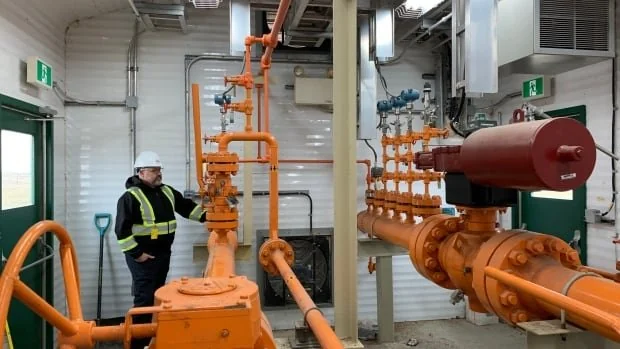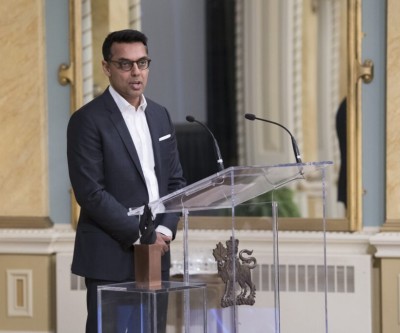Latest News
- Victim's family outraged; Ryden Bragden's killer will not go to prison
- Increase in advanced prostate cancer; alarm bell for reconsideration of men's screening
- John Rusted removed from leadership of British Columbia's Conservative Party, but says she has no intention of leaving(مؤنث)
- New tax credit: Saving the oil industry or betraying the environment?
- At the height of "America First" policy, ICE went after Canadian manufacturer
Latest Ads
-
Jasmine Jewel
Call
-
Omidan group
Call
-
Amir Madanpour
Call
-
Dimo studio
Call
-
Yorkacademy
Call
-
Maryambagheri
Call
-
Shishlix Restaurant
Call

Underground carbon storage is the future in Canada. But could it cause earthquakes?
Currently, Canada is significantly involved in research and investment in carbon storage and capture as a method to combat climate change. Ongoing research is examining whether this type of storage, involving the injection of carbon dioxide into the earth, could potentially trigger earthquakes.
Dr. Hoon Kao, a geologist and research scientist at the Geological Survey of Canada, recently received a substantial grant of over $1.5 million from Canada's natural resources to investigate this matter.
The primary goal of carbon storage and capture is to reduce the carbon dioxide emissions released into the atmosphere by industrial processes that burn fossil fuels. Instead of allowing it to be released as a gas into the atmosphere, carbon dioxide is compressed into a liquid and injected underground under pressure.
Dr. Kao and his team will monitor seismic activities near underground carbon storage sites for five years, examining the potential effects of injections and conducting analyses to mitigate or eliminate risks.
This is a significant issue because if earthquakes resulting from these injections are indeed large enough to be felt by local communities or even cause damage, regulatory authorities may be compelled to halt injection operations.
"As per our past research, we've understood that when large-scale liquid injections are made into subsurface structures, the pressure changes induced by these injected fluids can be substantial... ultimately leading to earthquakes," Dr. Kao explained.
Activities in the oil and gas sector have been identified as a factor in the Peace River earthquakes in 2022, according to studies conducted. Although carbon injection or storage is not yet a widespread phenomenon, the physics remain the same. Dr. Kao noted that while no significant earthquakes attributable to carbon injection have occurred in Canada or elsewhere, he expects smaller events to take place. He expressed that the risk is higher near tectonic plate boundaries. If a significant earthquake were to pass over a specific rock layer called "Cap Rock" in the carbon storage region, it could potentially create a pathway for the escape of injected carbon dioxide.
Seismic monitoring near storage sites is of great importance. According to information from Canada's Energy Regulator, ten carbon storage and capture projects are currently underway in Canada, with six in Alberta and four in Saskatchewan. It has been announced that four more projects have been approved for the next five years.
Dr. Kao's research involves real-time monitoring of seismic activities. When an earthquake occurs, his team goes back to determine its origin and whether it is related to injection. If there is a connection, the team investigates the cause of the induced event and the possibility of an earthquake fault.
Eric Nickel, CEO of the Petroleum Technology Research Centre, overseeing the feasibility of carbon storage in Aquistore, Saskatchewan, stated that our involvement in this area brings to light the issue of limited earthquake activity. He added that this possibility exists in regions with smooth subsurface levels located near tectonic plate boundaries.
Suggested Content
Latest Blog
Login first to rate.
Express your opinion
Login first to submit a comment.
No comments yet.


































